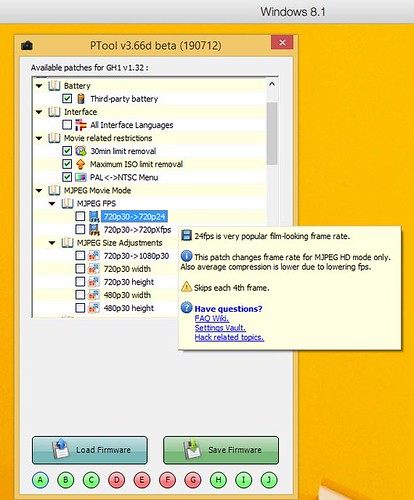
I'm watching "Narcos", the new series about drug dealer Pablo Escobar. I'm up to the part where he's moved from cigarette smuggling to trafficking industrial quantities of cocaine from Colombia to Miami.
It uses an American DEA agent to tell the tale with extensive voiceover to develop the story and provide recaps. I didn't mind this at the start, to get the plot up and running, but it gets more intrusive, along with freeze frames when the agent talks even more.
It's as if, because of frequent Spanish dialogue with subtitles, the producers thought that some help was needed to keep up. I wonder if there'll be a Spanish 'International' version of this series with all the subtitles reversed and the freeze frames removed?
Aside from that aspect, it's an interesting story of the initially small-time criminal who, in a few years, became a ruthless billionaire drug lord, operating his "silver or lead" approach (bribe or bullet) with anyone who got in his way.
He quickly had law enforcement, judiciary and media in his pocket, with any dissenters removed by his well-armed gang. The local area where he lived was bribed with street handouts of cash, extensive housing and other benefits, effectively building a wide zone within which he could live and operate with apparent impunity.
As a dramatisation of real events, it's difficult to know how much has been added, although key facts seem close to how it has been reported.
Escobar bought an island in the Bahamas to use as a stopping off point on his air route and upgraded from 'rented' light aircraft to lear jets and helicopters to ship the drugs. He famously had his own Piper aeroplane installed on the ranch-style entrance to his enormous Medellín home. That's the same plane that he used to personally pilot drugs along the smuggling route.

In a "can't make this up" twist, Escobar's old ranch is nowadays a theme park which still features a now safari-camouflaged plane over the entrance as well as a museum to the drug traffickers.
The series plays as drama rather than a documentary, albeit interspersed with actual footage of Escobar and others, typically during scenes from TV shows and news reports.
 Where it struggles as a drama series is that there's no-one to feel sympathy towards.
Where it struggles as a drama series is that there's no-one to feel sympathy towards. The traffickers are all reprehensible hoodlums. The police and drug enforcers play fast and loose as well as receiving bribes and payoffs in all directions.
The dullard agent who gives the first person descriptions leadenly 'reads the lines' rather than creating any sort of personality. The appearance of his sidekick is immediately more interesting with perhaps only one fifth of the dialogue.
The dramatic gaps reinforce the sense that I'm watching an offbeat docudrama, yet I'm sure I'll see it through to Episode 10.
































